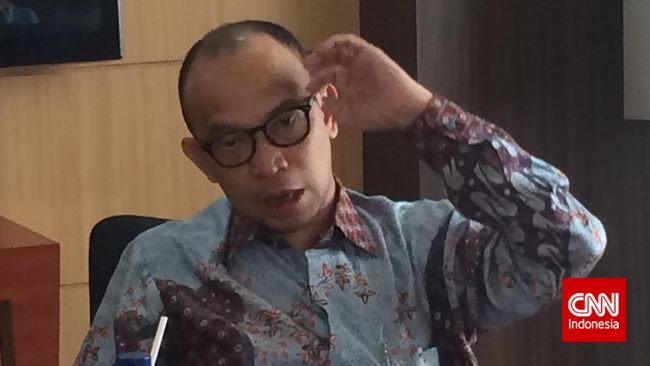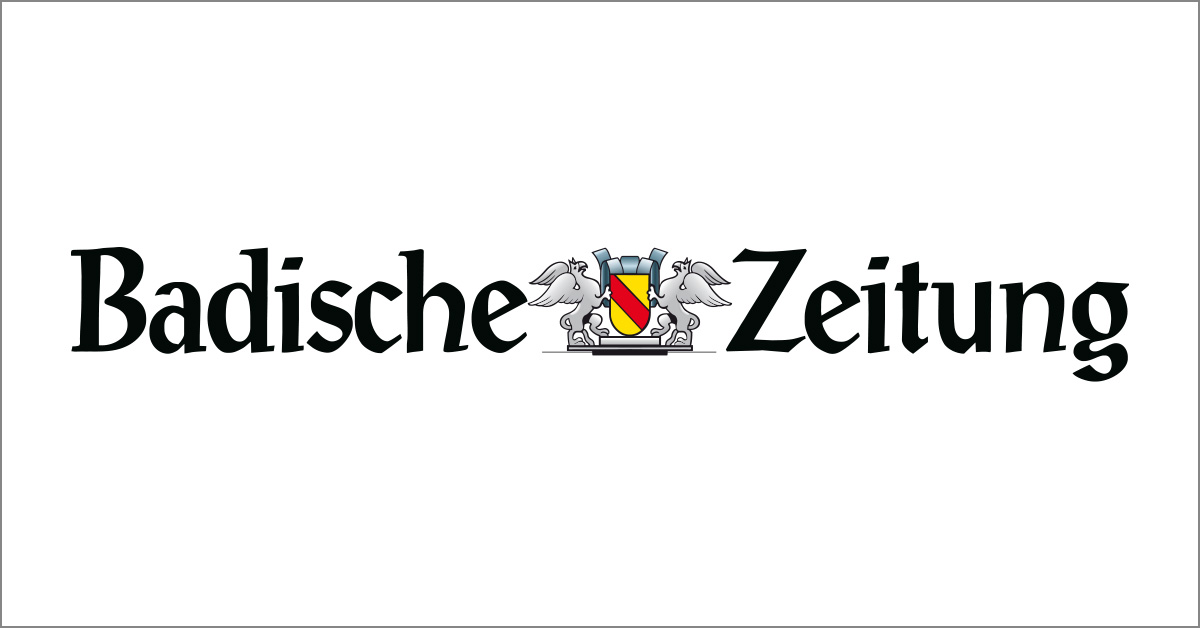Jakarta, CNN Indonesia —
Minister of Finance under President Susilo Bambang Yudhoyono, Chatib Basri responding to reach economic growth the second quarter of 2021 by 7.07 percent. According to him, this figure shows that economic improvement will begin in the second quarter of 2021.
“Performance in the second quarter reached 7.07 percent, it shows that the economy is improving and this is consistent with various leading indicator (main indicator),” he said at the Economic Dialogue, Thursday (5/8).
A number of these indicators, among others, car sales growth rose 758.68 percent during April-June 2021 to 24,0042 units. Similarly, motorcycle sales jumped 268.64 percent to 313,630 units. The increase in car sales, in particular, was influenced by the provision of PPnBM incentives borne by the government.
In addition, Indonesia’s exports also increased sharply to 31 percent in the second quarter. According to him, the increase in exports was supported by an increase in manufacturing activity and an increase in the price of a number of commodities in the global market, such as coal.
“That’s why tax revenue was better than last year’s growth, because a lot of tax revenue came from tradable sectors contributed by natural resources companies, so the contribution of the export sector was very significant,” he added.
In addition, household consumption began to recover, triggered by the easing of mobility during the second quarter. However, the surge in economic growth was also supported by technical factors because the basis for economic growth in the second quarter of 2020 was very low at minus 5.32 percent.
“But, I add that this high growth occurred because this is yoy data where we compare it with the second quarter of 2020, which at that time contracted minus 5.3 percent,” he said.
Throughout this year, Chatib estimates that economic growth can grow positively in the range of 4 percent. This figure is down from Chatib’s previous projection of 5.3 percent, but is still within the government’s target range of 3.7 percent to 4.5 percent.
“Maybe we will find it difficult to reach 5 percent, our growth may be in the range of slightly below 4 percent or 4 percent less, the range in that regard. However, in this context I think we see conditions in 2021 which are better than 2020, which is experiencing a contraction,” he said.
According to him, the challenge for future economic growth is to keep mobility going, but COVID-19 cases can still be suppressed.
This condition can only be realized by tightening health protocols and accelerating vaccination. The reason is, in April-June when mobility was relaxed the trend of cases rose again, forcing the government to carry out emergency PPKM and level 4.
“We can see here that if we want to maintain the economic recovery going forward, then what must be done is how to keep mobility going but still, safe is the key,” he said.
(ulf / age)
– .


